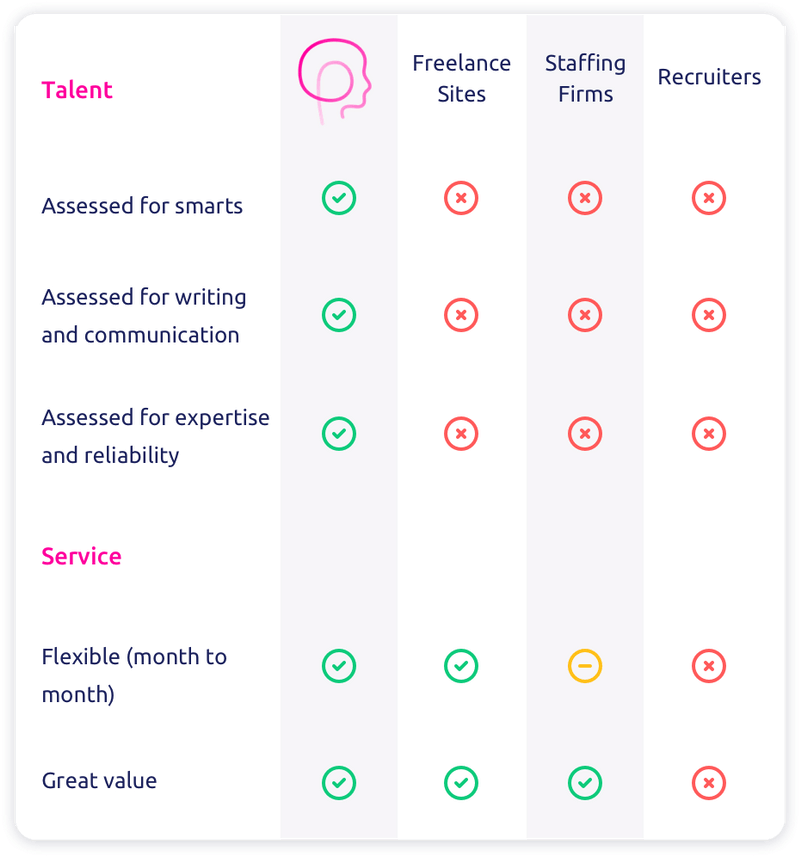What Is Human Capital Management?
Human Capital Management (HCM) is a strategic approach to managing an organization’s workforce. It involves the acquisition, development, and management of employees to achieve organizational goals. HCM encompasses a wide range of activities, including recruiting, onboarding, training, performance management, compensation, and benefits administration.
Effective HCM can help organizations attract and retain top talent, improve employee engagement and productivity, and ultimately drive business success. It involves aligning HR strategies with the overall business strategy, and using data and analytics to make informed decisions about workforce planning and development.
In the context of context, HCM may involve understanding the unique needs and challenges of a particular industry or organization, and tailoring HR practices accordingly. For example, in a technology company, HCM may involve prioritizing skills development and training to keep up with rapidly evolving technologies.
Why is Human Capital Management important?
Human Capital Management is important because it helps organizations effectively manage and develop their employees, which in turn can lead to increased productivity, better employee retention, and ultimately, improved business performance. By implementing effective Human Capital Management strategies, organizations can ensure that they are attracting and retaining top talent, developing their employees’ skills and knowledge, and creating a positive and engaging work environment.
What are some common Human Capital Management practices?
Some common Human Capital Management practices include talent acquisition and retention, performance management, learning and development, compensation and benefits, and employee engagement. Talent acquisition and retention involves recruiting and retaining top talent, while performance management involves setting goals and providing feedback to employees to help them improve their performance. Learning and development focuses on providing employees with opportunities to develop new skills and knowledge, while compensation and benefits involves setting and administering employee compensation and benefits programs. Finally, employee engagement focuses on creating a positive and engaging work environment that fosters employee satisfaction and productivity.
Dos And Donts of Human Capital Management
Dos
- Do establish clear job descriptions and expectations for each role
- Do provide ongoing training and development opportunities for employees
- Do establish fair and competitive compensation and benefits packages
- Do communicate openly and regularly with employees about company goals and performance
- Do create a positive and inclusive work culture that values diversity and teamwork
Donts
- Don’t ignore employee feedback or concerns
- Don’t make decisions that prioritize short-term gains over long-term employee satisfaction and retention
- Don’t tolerate discriminatory or harassing behavior in the workplace
- Don’t neglect to regularly evaluate and adjust HR policies to ensure compliance and effectiveness
- Don’t overlook the importance of work-life balance and employee well-being

